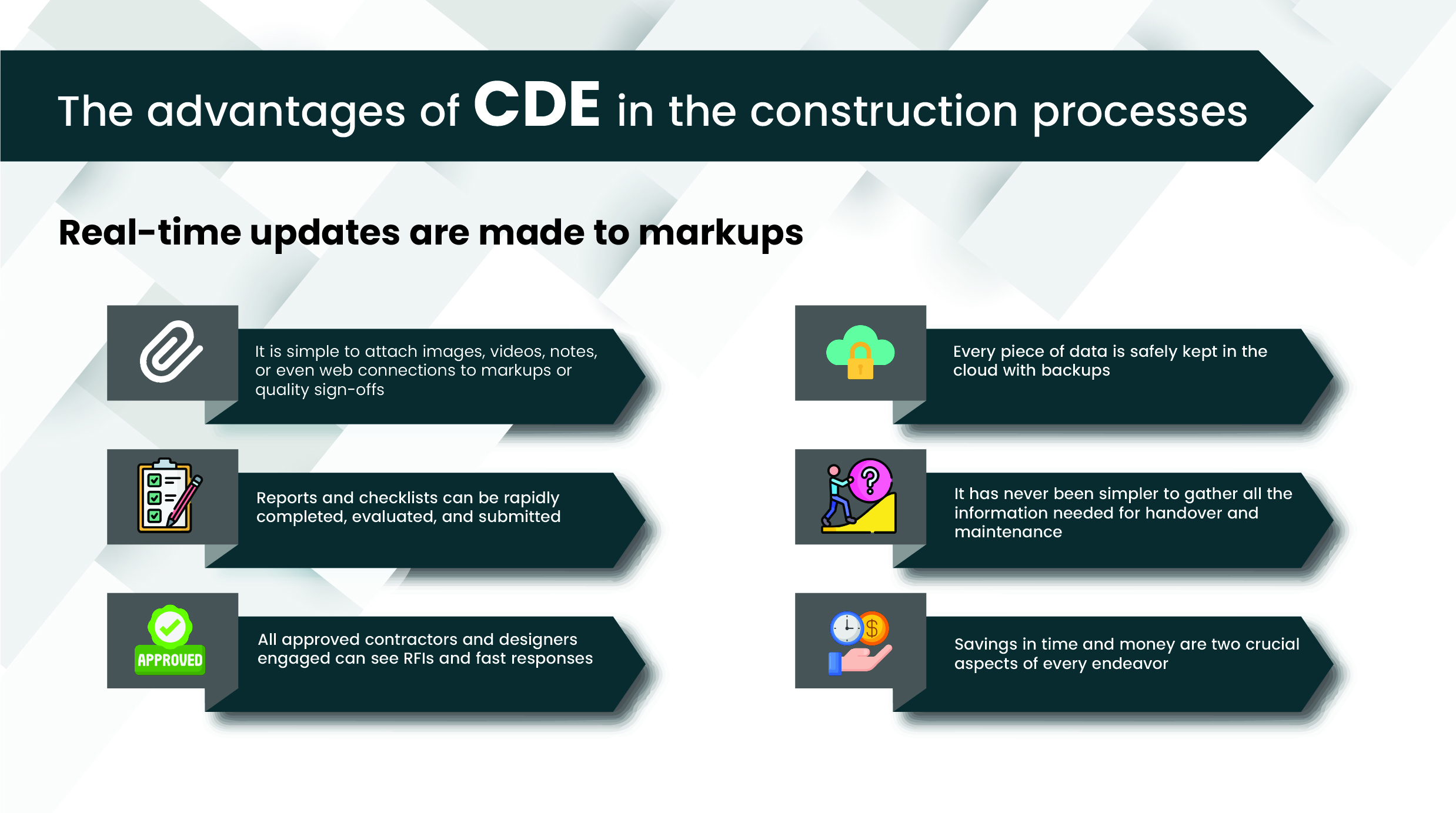The AEC sector is going paperless!
Jun 22, 2023
Category: BIM / Digitization / Automation
SEO TSA

As with boots and a hard hat, paper has been used in the construction sector for ages. An abundance of documents, including contracts, invoices, bids, modification orders, and designs, as well as mail, generally engulfs construction employees on the job sites.
But in the current digitized AEC industry, BIM definitely outperforms paper, just as mail outperformed faxes and CAD supplanted hand sketches in the middle of the 1980s. Professionals may now keep site plans or other important documents in a device that fits in the palm of their hand, and it’s much simpler to use a search box than it is to manually thumb through stacks of pages.
According to recent research by McKinsey & Company moving to paperless projects is one of the five trends shaping construction and capital projects. Even Though in a paper-reliant industry like construction, going paperless may seem like a daunting task, but technology is rapidly making paper obsolete and the industry in fact continues to head in that direction.
Going totally digital increases productivity and efficiency by making sure less time is wasted trying to find that one lost page, managing “N” emails, or facilitating team collaboration. It enables operations that previously required mountains of paper, extensive searching, cross-referencing, and double-checking, as well as calling around to confirm that you had the correct version with the correct changes (frequently a call that would likely lead to more calls; “I’ll have to get back to you on that”).
Data being essential to any cooperation, a Common data environment (CDE) acts as a centralized repository of all data relevant to all elements of a project. The CDE is one of the fundamental pillars of BIM, supporting the sharing and transfer of anything that informs decisions & actions associated with the built asset.
The advantages of CDE in construction processes include:
1 . The most recent set of drawings or versions are constantly being used.
2 . Real-time updates are made to markups.
3 . It is simple to attach images, videos, notes, or even web connections to markups or quality sign- offs.
4 . Reports and checklists can be rapidly completed, evaluated, and submitted.
5 . All approved contractors and designers engaged can see RFIs and fast responses.
6 . Every piece of data is safely kept in the cloud with backups.
It has never been simpler to gather all the information needed for handover and maintenance.
Savings in time and money are two crucial aspects of every endeavor.
So to conclude, the new collaborative construction sector working environment is going to be a place where change is catalyzed by Building Information Modelling, the use of CDEs, the essential role of data, and evolving industry standards. Hence folks, it’s high time for you to upskill and set foot in this new notion of the digital construction environment.








